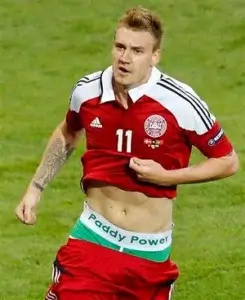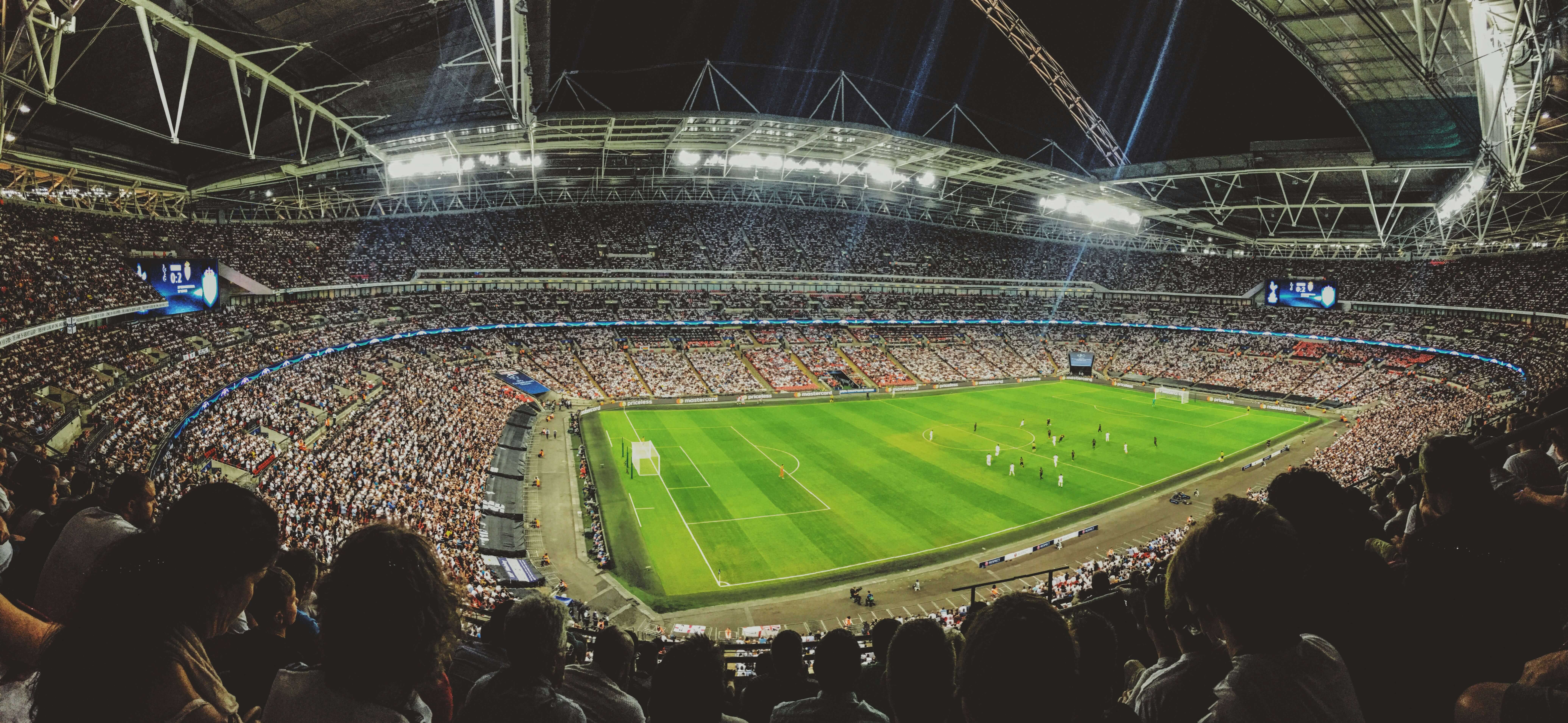It didn’t come home for England at this year’s Euros (or for Slovenia, my draw in The 10 Group’s sweepstake). But as the dust settles on another year of hurt, it’s the perfect time to take a look at the changing landscape of sponsorship and marketing on the football field today.
Even before the Euros kicked off, a slew of brands were rushing to flex their footballing credentials. In fact, the commercial aspect of a tournament is now often part of the fun. Sports sponsorship is a pretty broad church: you have those looking to change the game through long-term investment, those who utilise their budget for the bigger moments and, of course, those just trying to jump on the footballing bandwagon.
In this article, I’ll examine some of the key ways that brands approach associating themselves with the beautiful game, alongside some examples of the best players in this space.
Disruptor or Game-Changer?
Today, disruptors are pretty numerous – but those that get it right are rare. A great disruptive stunt is often a simple idea performed with precision, while lesser versions often involve attempts at attention-grabbing that end up wasting people’s time (see minute three of this year’s Champions League final).
One of the most notable disruptors in the game is Paddy Power. While their tactics have moved on over the years, the name alone must still fill rights holders with dread. Paddy Power’s most infamous footballing stunt came in the shape of the 6’4” Danish footballer, Nicklas Bendtner, who – after putting two away against Portugal in the Euro 2012 Group stage – lifted his shirt to reveal ‘his lucky pants’. These briefs just so happened to be emblazoned with Paddy Power’s branding, and saw the striker receive an £80,000 fine and a one-game ban. Paddy Power received blanket news coverage.

Moving on to some of the more official, but shorter-term approaches. More often than not, tournaments have their own local sponsors who celebrate when the big show comes to town (see Lidl for the 2024 Euros, or Deutsche Telekom). These players sense a tactical opportunity – and it makes sense to be part of the action when it’s happening on your home turf.
At the 2020 Euros, TikTok spotted a window of opportunity. With the tournament postponed and existing plans thrown into disarray, it had the chance to get on board as a top-tier partner and took full advantage. In football fans, there was already a captive audience, but TikTok encouraged them to share on its platform rather than within closed-off WhatsApp groups. #Wherefansplay brought together live reactions from the stadiums and ensured that snack-sized content was served on-demand both in-play and after games. UEFA had a partner cover a missing chunk of funding, TikTok swept up a brand new audience, and the brand hasn’t looked back.
Lastly, the game-changers. Full disclosure: I, we, have worked with a few of these. For bigger brands, long-term commitments help you to align values, but also make sense on the balance sheet.
The best work here happens when brands align with like-minded parties that can pool expertise. All about precision? F1 and Swiss watches (see IWC). All about adventure? Extreme sports and energy drinks (see Red Bull). We love working with these brands.
For an example of a best-in-class performer here, we need look no further than M&S. The immediate reaction to any brand that doesn’t have an ‘on-field’ functional presence (boots, shirts, balls, water bottles) is: why? No one asks why Nike and adidas – and for good reason, their presence is established and expected. But what is M&S doing there? Why do they have a store at the national stadium? What’s their right to play?
The answer is simple. Football has changed, and the audience wants more from the game, both on and off the pitch. The public now demands that footballers are role models, and, if you haven’t noticed, they are. Top players are challenging political policy and openly talking about their commitment to clean-living off the pitch. This holistic approach to better health is perfectly aligned with M&S’s core values, and so the association starts to make sense, feel natural and become integrated.
How did M&S clearly establish the connection it needed? By utilising the role models of the Home Nations to encourage the public to Eat Well, Play Well. What you put in, you get out. It’s what Cristiano has been saying for years. Want to be the best? Take better care of yourself. If you tell your football-loving daughter to eat more vegetables, she’ll take it with a metaphorical pinch of salt – if Jude Bellingham does, you’ll need to ask her to leave some for everyone else.
There will always be talent who rise to footballing legend status from tournaments, becoming valuable brand assets. The big brands made their bets early this year, and while not all of them may have paid off, we saw early on in the tournament that Bellingham already was. This beautifully-crafted piece of content might make for a somewhat upsetting watch after our loss in the finals, but if it didn’t unrealistically raise your hopes for England going all the way during the tournament, AND make you fall in love with Jude, then you may not have a heart.
